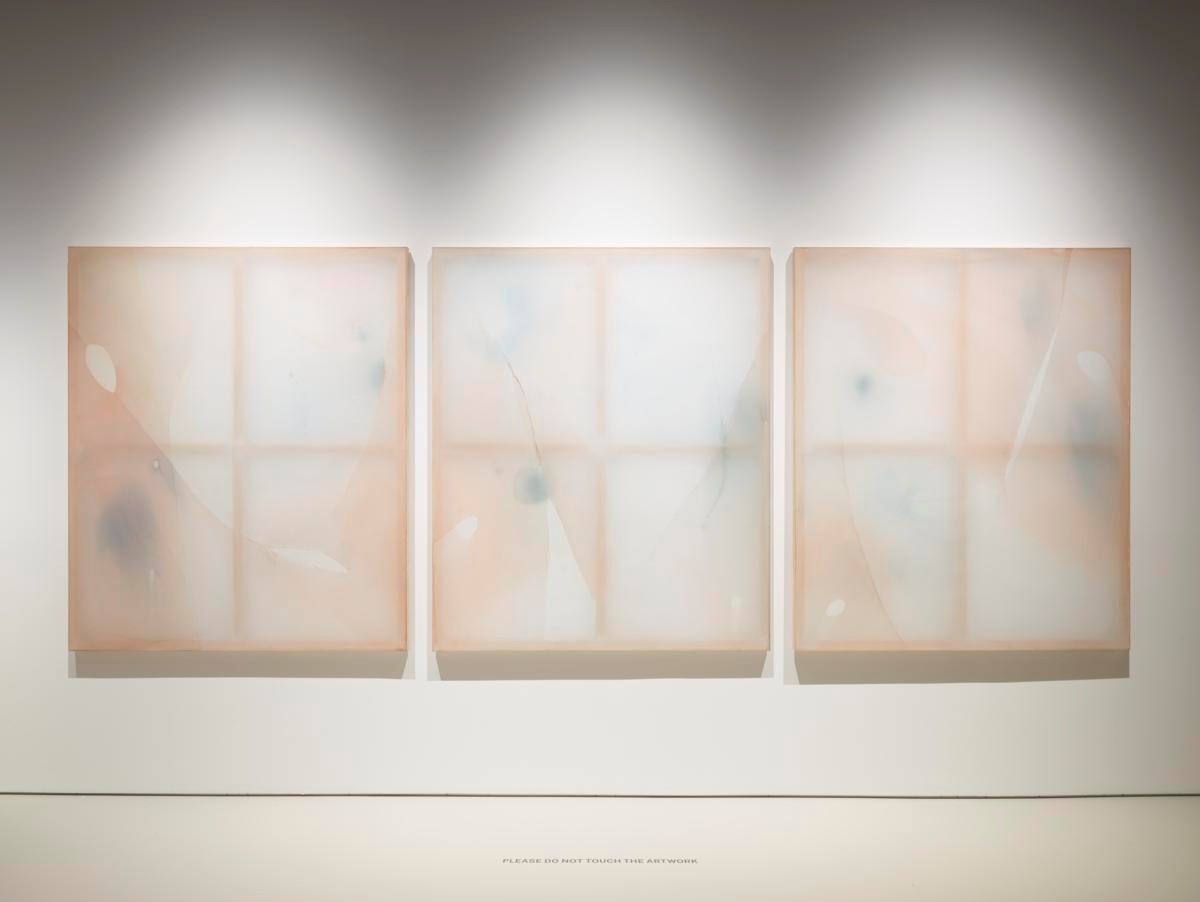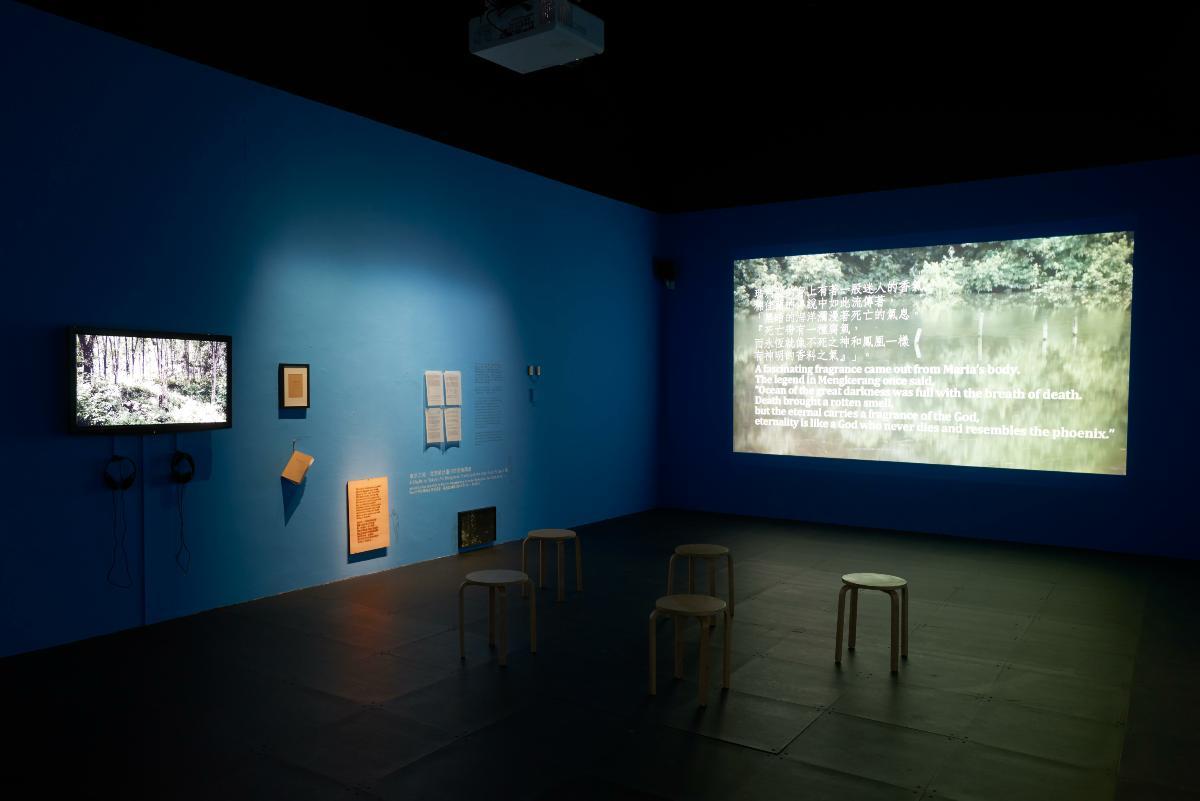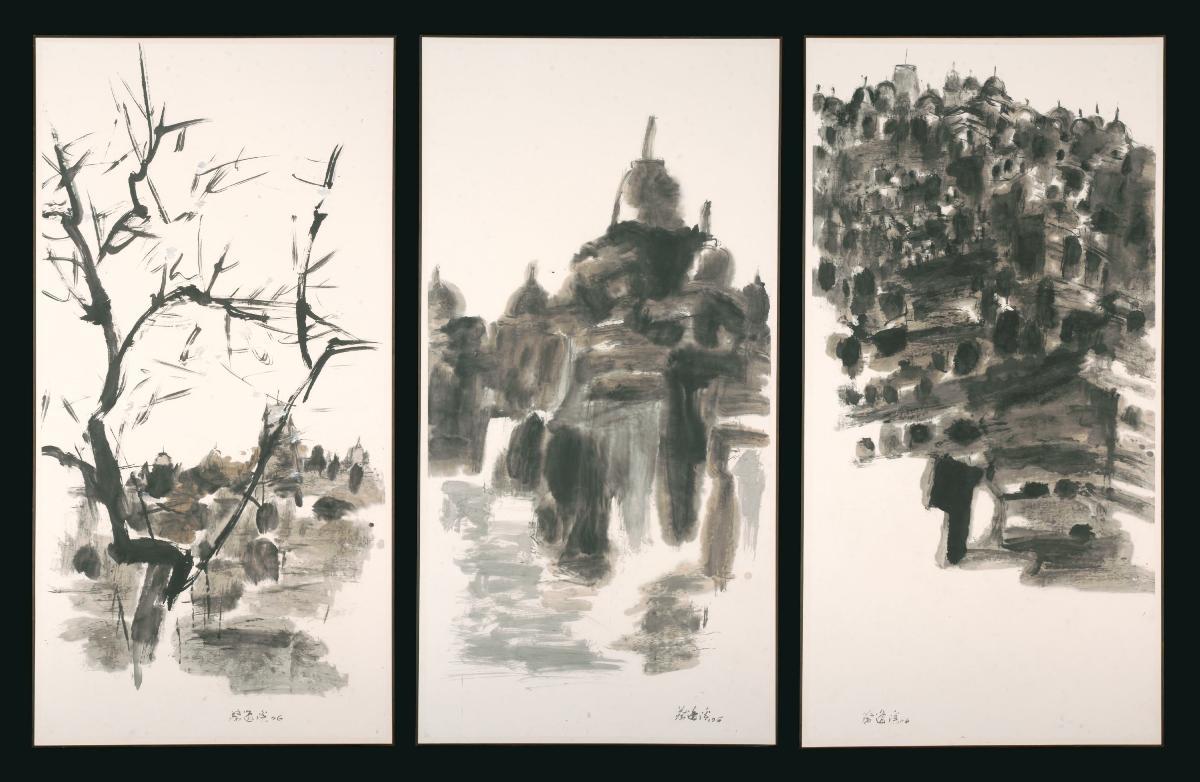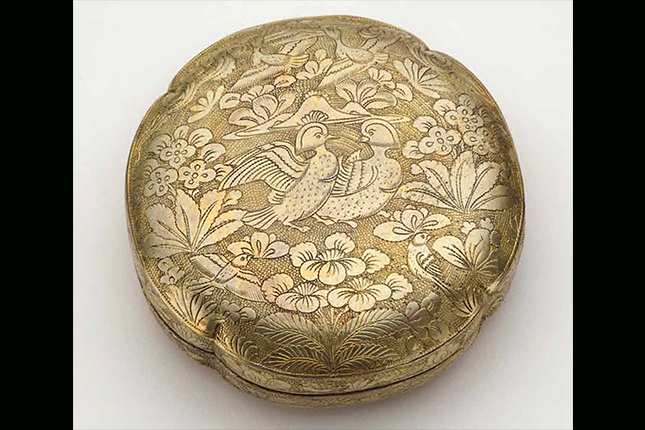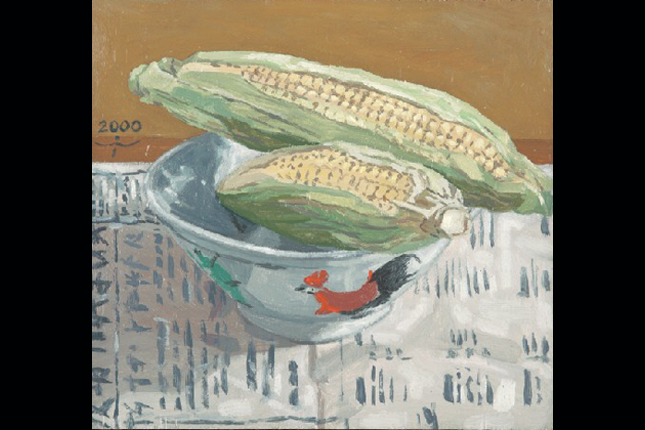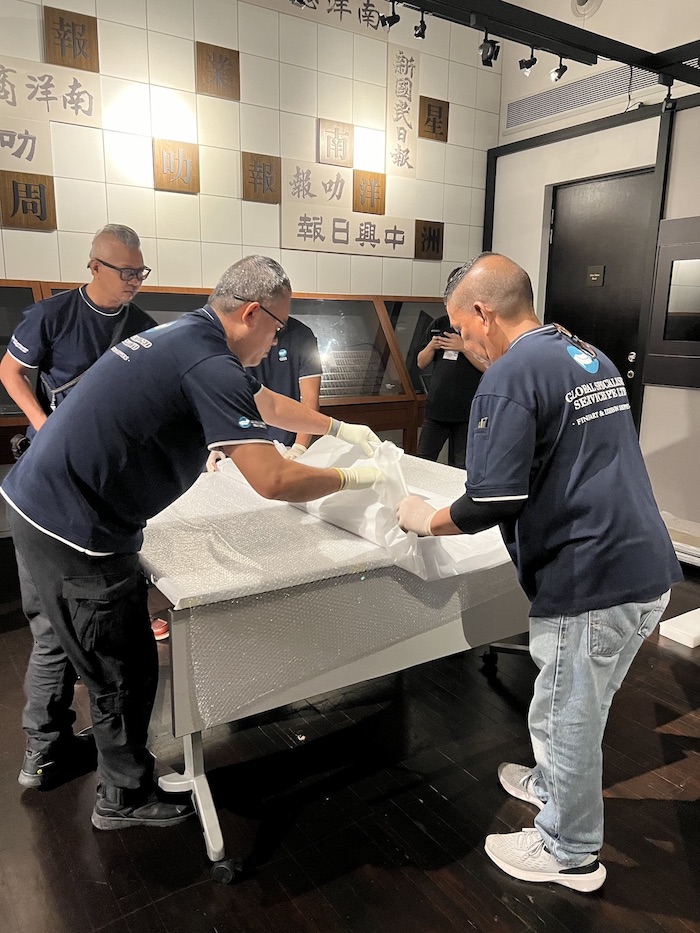Peripheral Ritual I, II, III consists of three paintings made individually but presented as a triptych. As in the other paintings on aeronautical fabric, paint is thinned and allowed to flow, diffuse and spread without direct contact of the brush. The result is a porous, translucent surface marked by a variety of stains and marks that come across as coincidental but are in fact carefully constructed through a process that resembles a piece of choreography. By applying various bodily gestures — shifting, tilting and turning — fragments are played against one another without complete resolution, allowing an open work to take shape. These paintings act like mirrors, reflecting and echoing each other but also deviating through repetition. Tan’s practice of painting explored his fixation with distance and closeness through which he enquiries into the relation between movement (in time and space) and painting. In this process, the artist discovered and began to apply paint on an aeronautical fabric. This a very thin, translucent but durable material does not absorb paint well and hence, allowed Tan to play with paint and their movement across the surface of the fabric. The process of painting becomes much more animated and results in surfaces that embody bodily movement and time, physics and materiality. Elements, such as frayed fabric, rubber, Arabic gum, etc. are introduced to interact with (or impede) the flow of paint, leaving marks that accentuate the materiality of colour. This extends his interest in exploring how the physical ground of a painting is not only a space to contain gestures of mark making but also serves as a “a screen for imaginings and haunting”. Recalling his interest in the moving image, here, Tan directs paint across the surface through pouring and tilting. Maneuvering laws of physics and material properties, the artist’s body establishes a durational relationship with the painting, now both surface and object while colour and gradient is produced through time and space.




